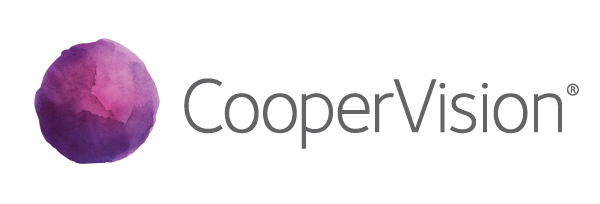What is myopia (nearsightedness)?
Nearsightedness: It’s more than blurry distance vision

Nearsightedness (myopia) is a common vision condition diagnosed during a basic eye exam. For those who are nearsighted, objects that are farther away appear blurry. This may occur when the eye is longer than normal and the light is focused in front of the retina instead of on it. In this case, near objects are clear and distant objects appear blurred.
Myopia in Children
Myopia is inherited and may also be affected by other environmental factors. Myopia is often diagnosed between 8 and 12 years old and may progress as a child grows. During the teenage years, when the body is growing rapidly, myopia may become worse.
What are the Symptoms?
- Headaches
- Blurry vision
- Squinting to see properly
- Difficulty seeing objects far away
Why is nearsightedness so important?
- Studies show that without effective treatment:
- Children could fall behind in school
- They may suffer eye strain and headaches
- They may face more serious future risks such as retinal detachment, glaucoma, macular degeneration, and other serious vision-threatening issues. 1
What can you do about it?
An eye care professional, such as an optometrist or ophthalmologist, can perform a simple examination to determine if the vision issues you child is experiencing are caused by myopia — and put a treatment plan in place that may prevent further complications associated with myopia.
